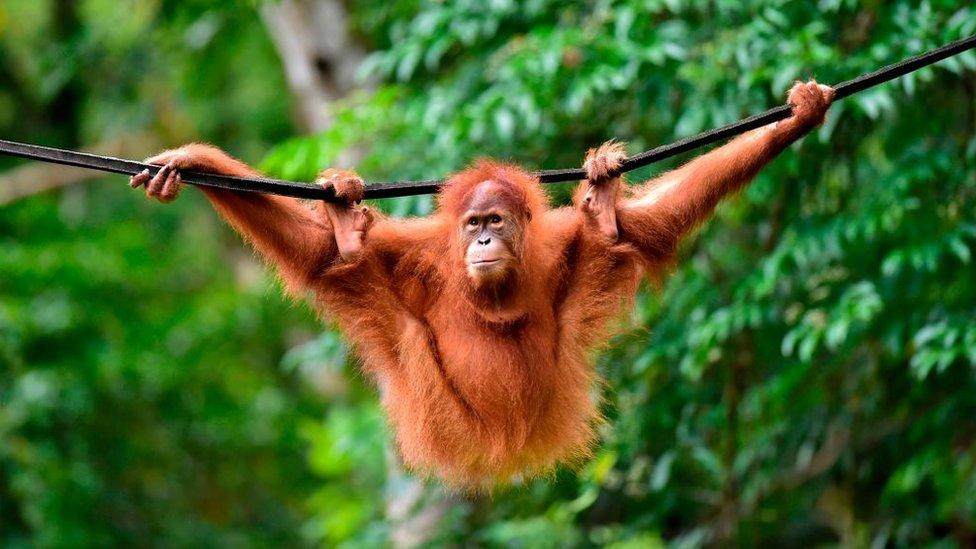How is whale song similar to human language?
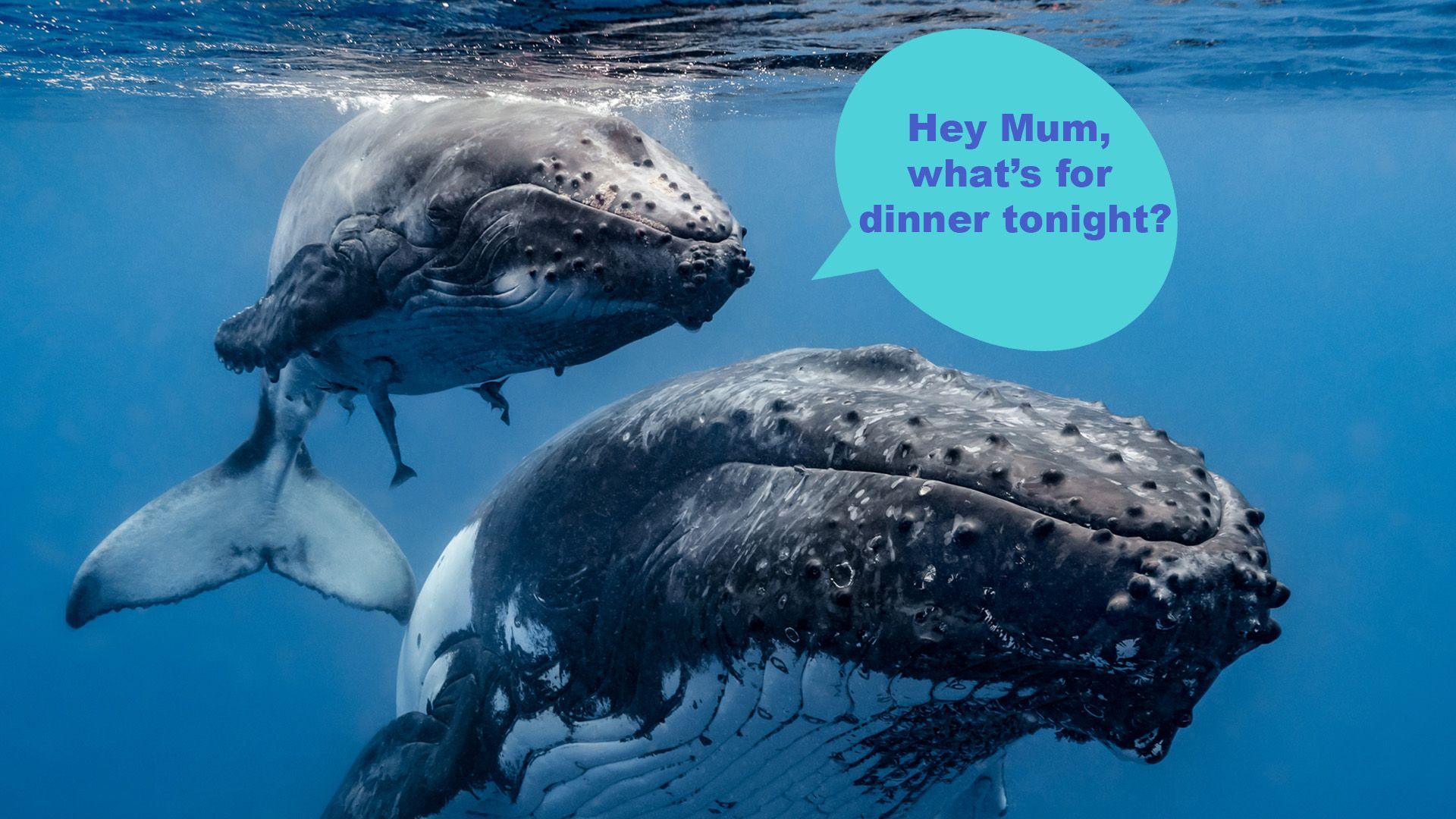
Whales use moans, snores, chirps and cries to communicate
- Published
All animals communicate - cats meow, dogs bark and birds sing.
Whales use moans, snores, chirps and cries that are known as whale song.
And now, a new study has found that whale song is more similar to human language than scientists previously thought.
Read on to find out more about what they found.
- Published13 November 2024
- Published7 March 2023
- Published16 October 2019
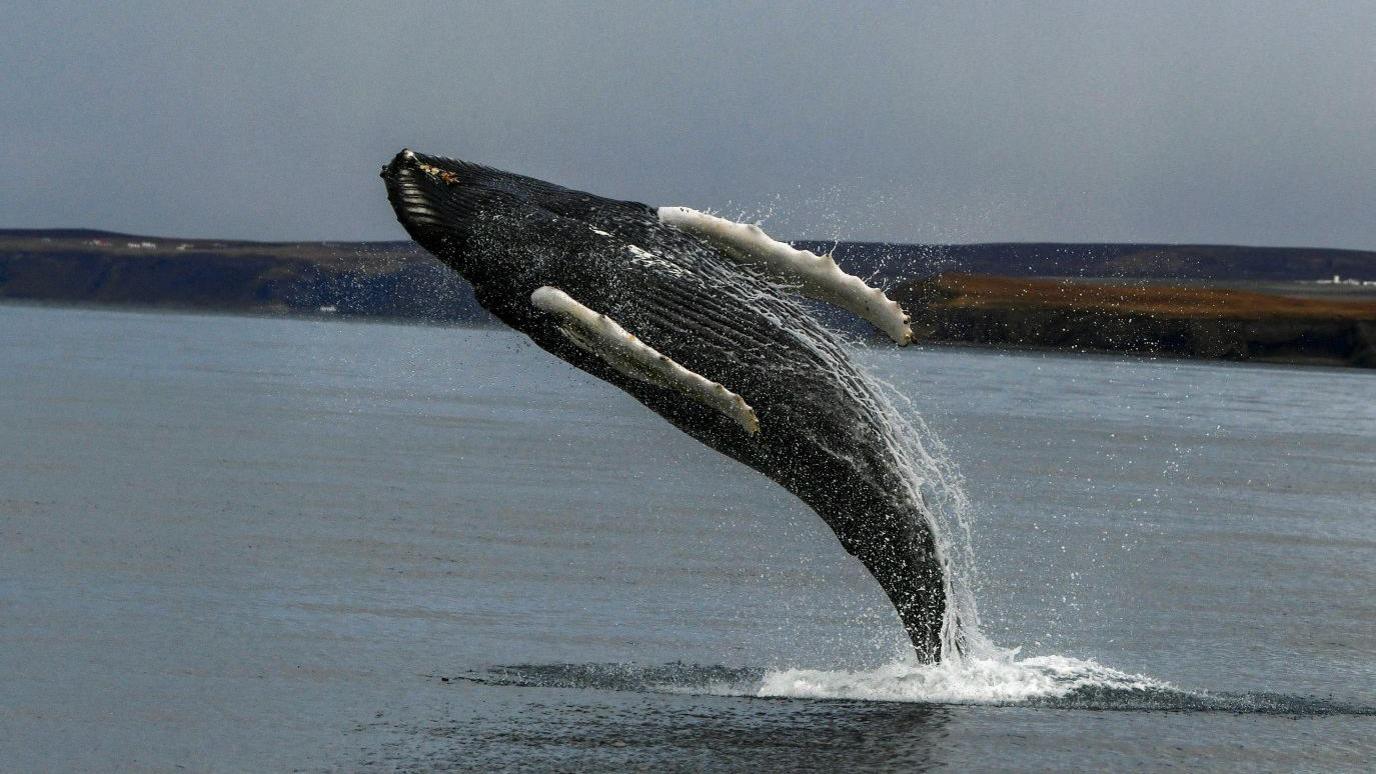
The study into whale song was led by the University of St Andrews in Scotland.
Researchers studied the songs of humpback whales and noticed something surprising.
Scientists found that whales have a way of communicating that is similar to how humans talk to each other.
Just like people learn to speak by listening to others, whales learn songs and sounds from one another.
Whale sound facts:
The loudest whale sounds are made by blue whales and are louder than a jet plane! Even clicks made by smaller whales and dolphins can be as loud as a gun being shot.
Humans can't hear all whale sounds - humans can only hear part of whale songs because we can't hear the lower frequencies.
Whales also use their tails and fins to make loud slapping noises on the surface of the water to communicate non-verbally.
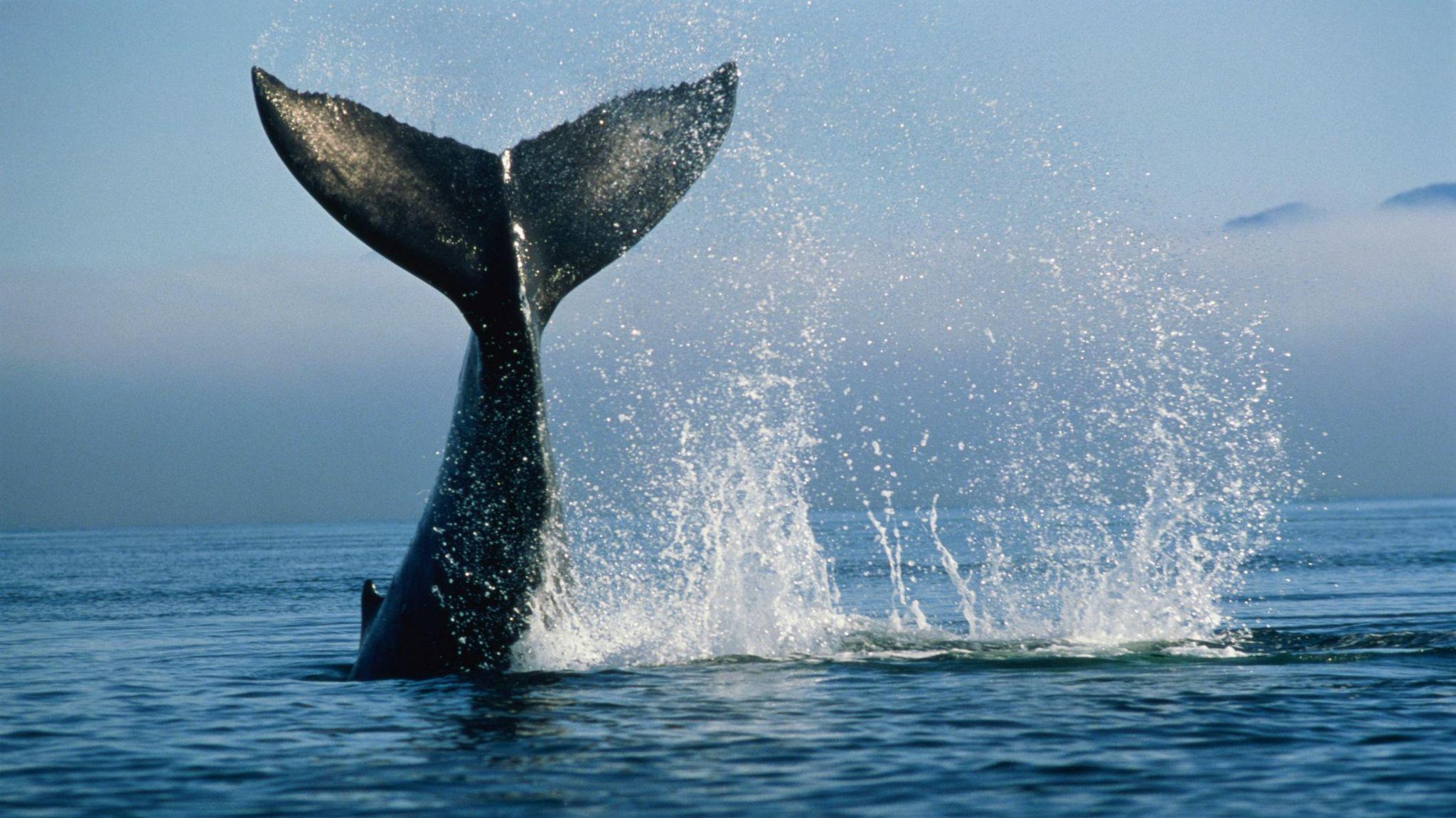
Researchers found like human language whale song has patterns
In the human language, we use certain words a lot and others less.
Think about how many times you might say 'the' or 'a' compared to other words.
These patterns of language help babies learn to talk as they listen to them.
This research found that whale songs have similar patterns too!
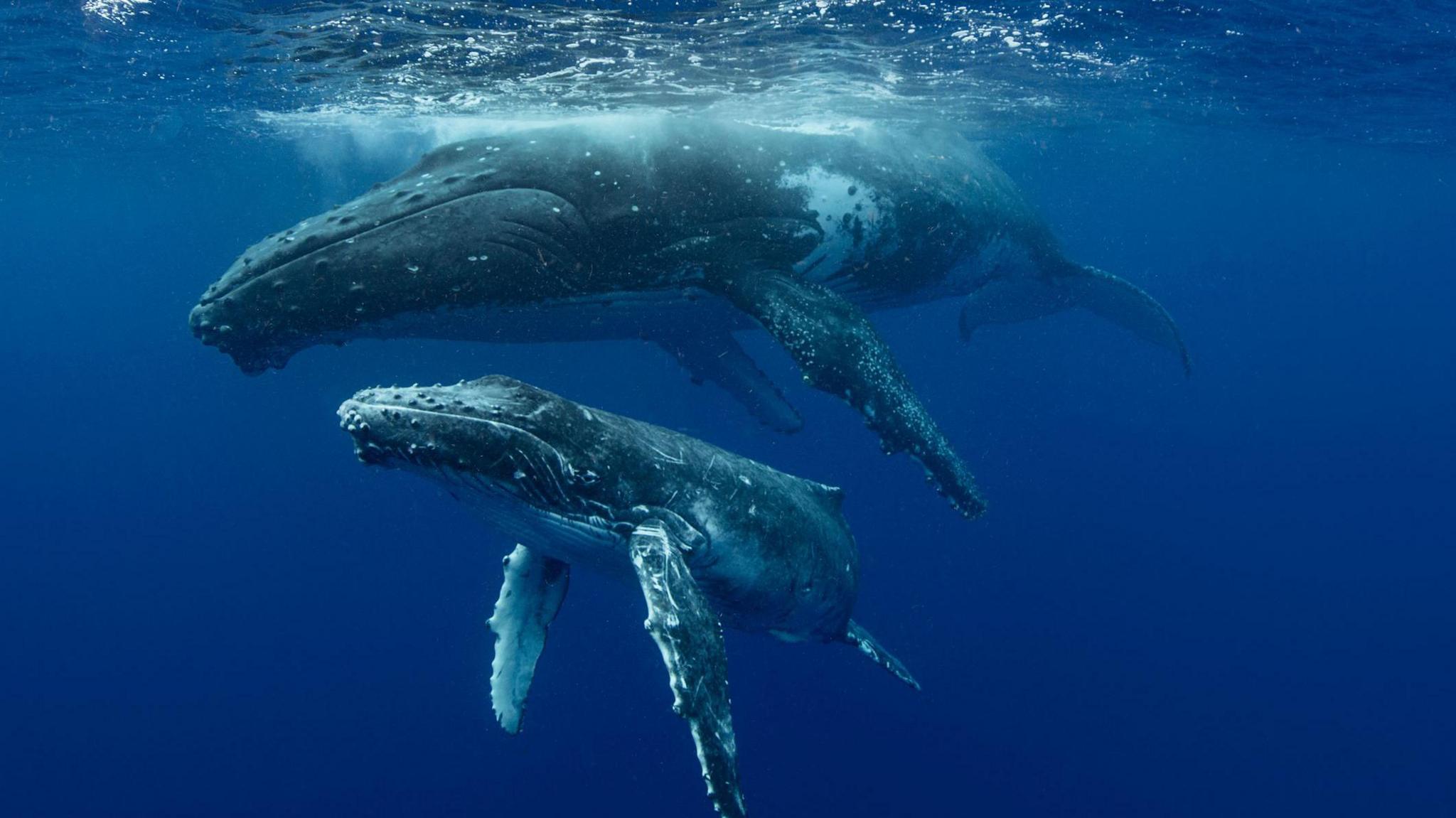
Studies found whale song has sequences of sounds where the sounds follow each other in a relatively predictable way
This hasn't been noticed in any animals before and scientists did think it was unique to humans.
However now they say that this discovery might help us find out how animals might develop more complicated ways of talking.
It's a big step in learning more about how animals communicate with each other!
- Published7 January 2022

- Published30 January 2023
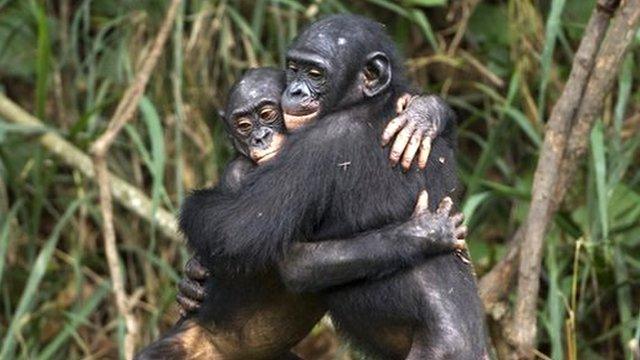
- Published24 March 2022
